Tuna evolution
 In this latest instalment, the riddle of the Tuna’s phenomenal speed is revealed and we return to foam…
In this latest instalment, the riddle of the Tuna’s phenomenal speed is revealed and we return to foam…
In my previous article here on Drift, I was talking about the Tuna and wondering why it is so much faster than any other surfboard.
The speed of a board as a huge influence on its performance, and is a really important quality of the Tuna. We want speed on a wave, and the Tuna tail is the fastest tail I’ve experienced by a long shot. When you’re going fast in trim you have really reached the ultimate goal of surfing – the fast, effortless slide. And manoeuvres like bottom turns and cutbacks come easier too.
The Tuna seems to be opening a door to a new type of board design.
My brother Jon has been experiencing the same speed with the Tuna over in California as we have here in Australia. He’s been exploring this new wave of board design, and has made a small foam alaia/Tuna and called it the Bluegill (after a very pleasant little fish). Although the board has the same bottom contours as a Tuna, because it’s shorter and made from a (secret) foam blank and glassed, we didn’t think we could call it a Tuna, hence the name. I was intrigued by this new incarnation, so I made one too, and I was surprised to discover that the foam has the same feeling of speed as the wood.
I’ve been studying this footage of the Bluegill in action, and I have worked out why the bottom of that board is so fast. Over and over, I watched my apprentice Matt Williams riding the Bluegill and eventually I spotted what’s best described as a ‘rooster tail’ of water coming out from behind the board. It’s as if the water is being pushed out from the back of the board. You can see this most clearly on the very last wave in this film, where Matt is riding prone. I think that the rooster tail holds the answer to why the shape is so fast.
In fact, the answer is so obvious that it hurts to think that it took me so long to see it! Maybe it’s something that other shapers have known about all along, but I’ve never read or heard about it.
Skip Fry told me many years ago that all surfboard design can be explained by putting a spoon under running water – you see how water attaches to curves and releases from an edge.
The explanation for the Tuna’s speed is that simple: water attaches to the two convex curves on the bottom of the board and is pulled to the centre. There, the two bodies of water coming to the centre from the two sides crash into each other in the concave and create turbulence and high pressure. This high-pressure water pushes the board up and shoots water out of the tail. This is lift.
 [Harrison Biden on the 7' Tuna. The speed on the finless board is breathtaking. With the Bluegill we have put flex through the board so it will hold in a tight turn. Photo by Dane Peterson]
[Harrison Biden on the 7' Tuna. The speed on the finless board is breathtaking. With the Bluegill we have put flex through the board so it will hold in a tight turn. Photo by Dane Peterson]
Back to foam
So, the Tuna project has made an unexpected return to foam. Although this was a genuinely unexpected change of direction, I have, for a while, been thinking that there had to be another board out there. I made several 7’ wood Tuna and they rode pretty well, but the Bluegill rides better. I definitely prefer to work in wood and I’m confident that I will find a way to make a wood Bluegill eventually. But I’ve got to say, one thing foam has got over wood is that it’s cheap and easy to work.
The reason I went back to foam in the first place for the shorter boards (foam will never replace a wood board over 8’ long) is because a shorter board must have flex. They just won’t work unless the flex is there. Without a fin, a rigid board will slide sideways towards shore. In order to grab into a wave and keep trim, the bottom curves of a board need to be able to suck the board to the water – when the board flexes into the shape of a wave the curve realises more surface area in the wave’s face, resulting in more grip.
My biggest breakthrough with the alaia was when I discovered that thin alaias flex into the wave and hold far better than the inflexible thicker alaias. Getting the flex is easy with an alaia because it just means making the board thinner, but it’s impossible with hollow wood boards because the rails and internal framework are rigid: if they flexed they would crack.
Surfboards for crowds
There is one other very important reason I have looked into the foam finless board – I genuinely believe that they’re a better board for crowded surfing situations.
This summer I saw thousands of beginners in surf schools around Europe. The first thing they learn is to stand up and ride straight to shore. This is fine for those folk who aren’t really going to take their surfing much further than these few lessons, but those who catch the surfing bug and really want to ride waves have to unlearn these early lessons. It would be much better for them to learn to angle themselves across a wave and get a feel for how the wave catches the board, THEN stand up.
For a young beginner, a 7’ finless board would be perfect. First they would master the art of riding prone really well. Then they would learn about catching waves and angling themselves correctly. Finally, when they stand up they’ll already be at the right angle to catch the wave. If they choose to carry on surfing outside of the lessons, they’ll have a much better understanding of how to move with the waves and surf a crowded break.
In addition to its benefits for learners, the finless Bluegill is the safest board in a crowd because you can just go right over the top of other surfers. I was inspired by this video clip of Rob Machado and Ryan Birch riding foam blanks and having a ball. About a minute in, Rob goes right over the top of his friend – how many times do you want to do that during a crowded session?!
Last in its list of plus points, the Bluegill is light with a round nose, so you can play bumper boards and still be safe. I know that this summer when First Point gets perfect and crowded, I’m still going to get good rides. The tube gets really perfect but there’s always someone in the way, but this summer on the Bluegill I’m just going to go right over the top and not really worry about them!
I’m going to go out on a limb here and say that the Bluegill is better than a finned board in small waves. It’s faster and can do far more manoeuvres. And it’s safer. I’m pretty convinced that the Bluegill will have a big place in modern surfing very soon – you heard it here first.
 I just surfed Tea Tree today and the local crew were trading my two Bluegills around. They were so stoked. It can get really crowded here, but there are also really shallow rocks on the inside. Many waves here are only surfable on finless boards, which usually means they’re reserved for the alaia crew. But the Bluegill was insane – we were coming off the bottom and doing 360, sliding off the lips over the dry parts of the reef. I can’t wait until tomorrow!
I just surfed Tea Tree today and the local crew were trading my two Bluegills around. They were so stoked. It can get really crowded here, but there are also really shallow rocks on the inside. Many waves here are only surfable on finless boards, which usually means they’re reserved for the alaia crew. But the Bluegill was insane – we were coming off the bottom and doing 360, sliding off the lips over the dry parts of the reef. I can’t wait until tomorrow!
Thank you very much.
Tom Wegener
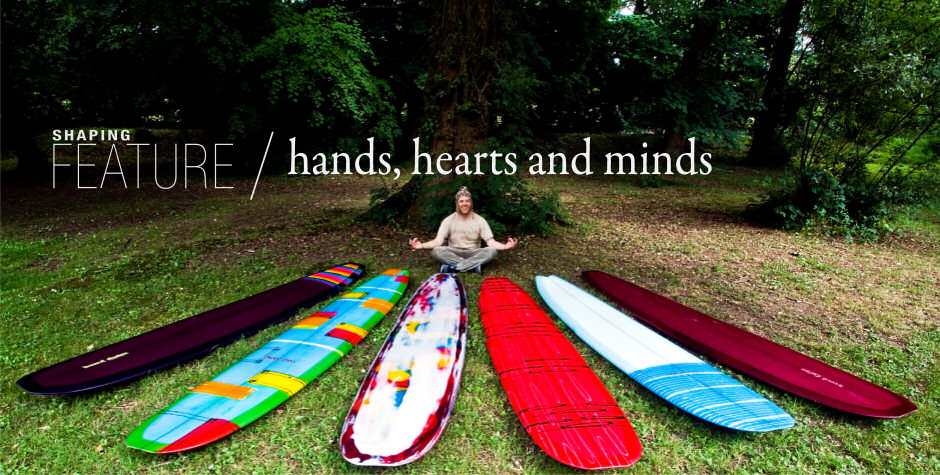
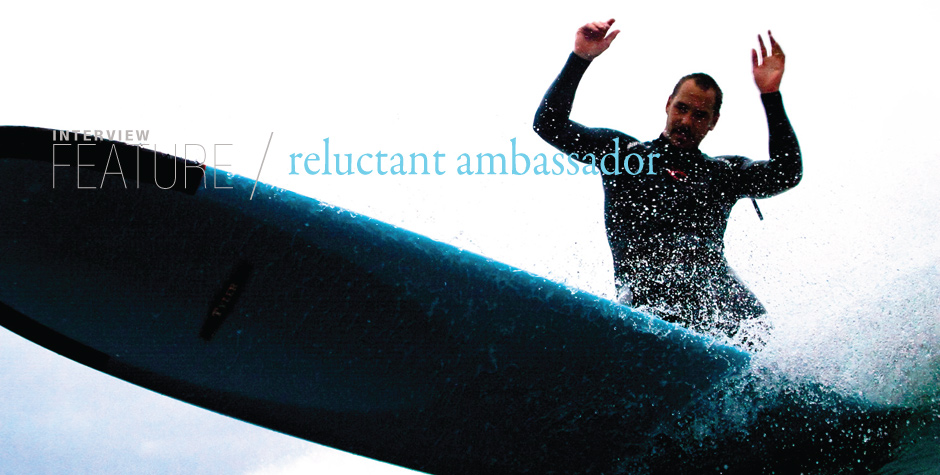
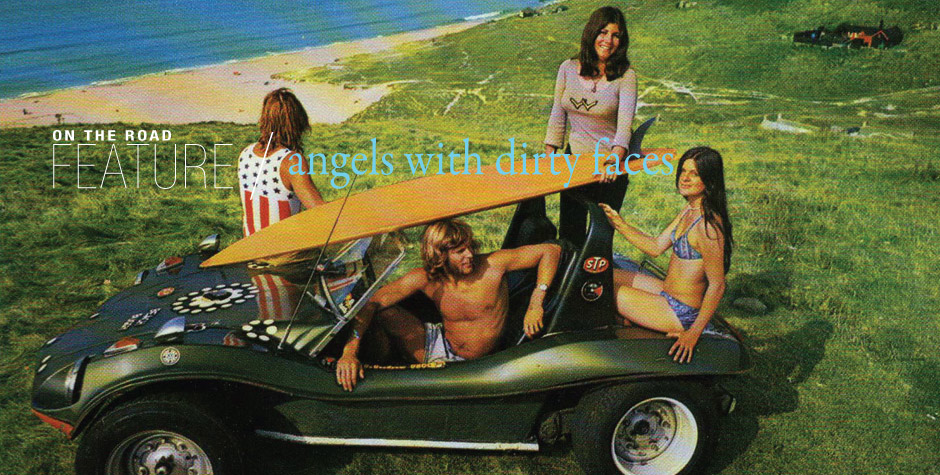
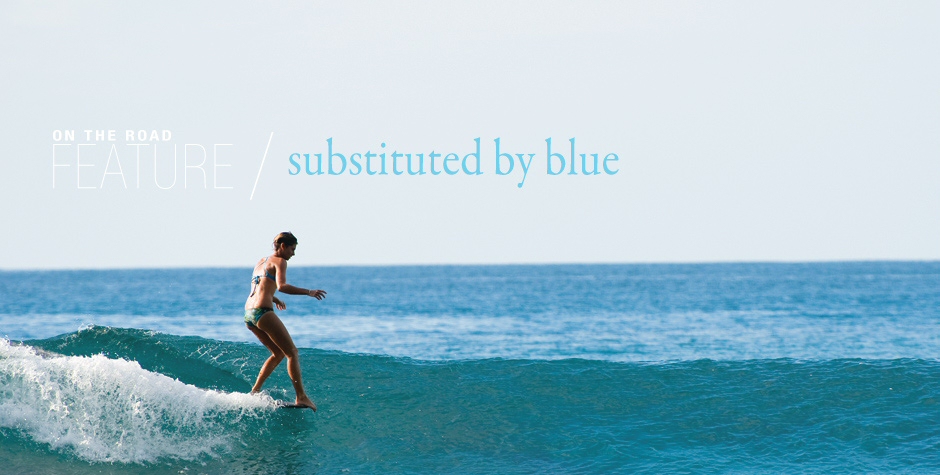
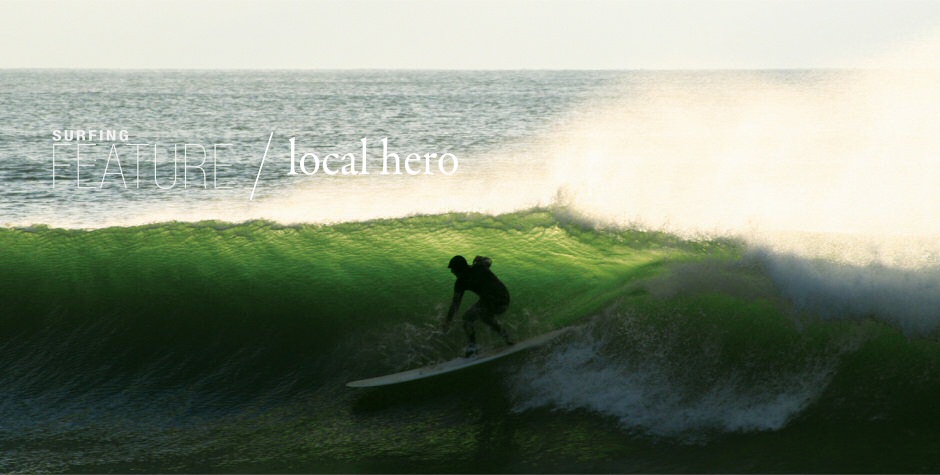
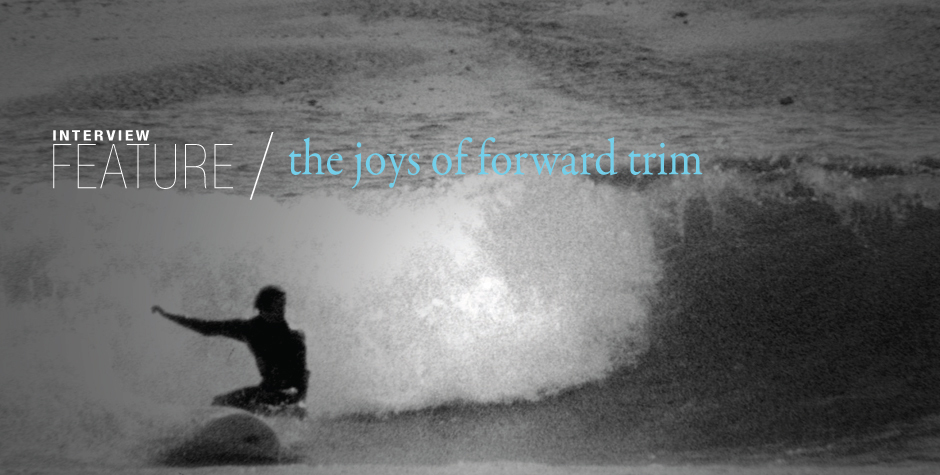



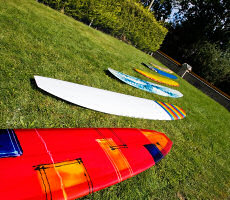
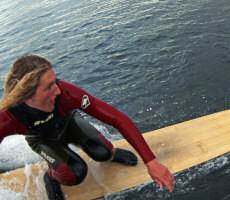
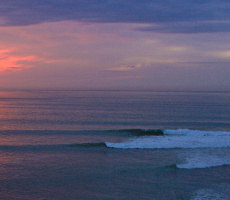
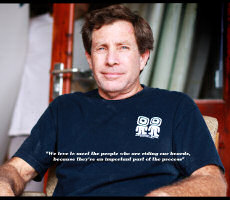
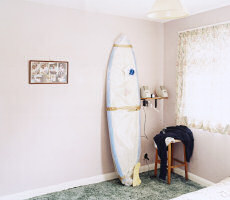
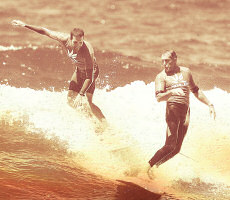


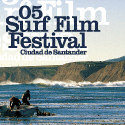
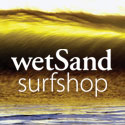



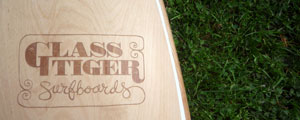


Wow! That’s the drifter doing his job as toy tester! I love to see you keep on rocking these days dudes. Hard winter for the crew in Basque Country and Matt ripping on his t-shirt; I die of envy. I can’t wait to see that craft in our points… crucial! Take care mai prends. Nacho.
1WHAT ARE THE BOARD DIMENSIONS???
2I am prettly new on the shaping scene but I definitely have caught the bug. I am shaping wood hollows in a few different designs. After reading this article I had and epiphany. I have read a few other articles recently about foil and such and a lightbulb just went off. Sooooo stoked to try out a modified “finless” on my next creation. I’ll post up some pics and the results when I get them. No chance on sleeping tonight.
3Great stuff Tom, sorry we never got to meet in person but we’ll get in touch and maybe head Noosa way some day soon.
4Hi guys, Im living in Barcelona, as you know Mediterranean sea is far from the dream surf destination, BUT you do find some waves……thing is though, that it is in did crowded any time you have 1ft + waves… they are usually not powerfull at all, good thing is you do find waves with nice shapes and Im just flipping out after seeing the Bluegills speeding up on the video!!!
5Have to get one, just let me know how!!!
Great thing you are doing!